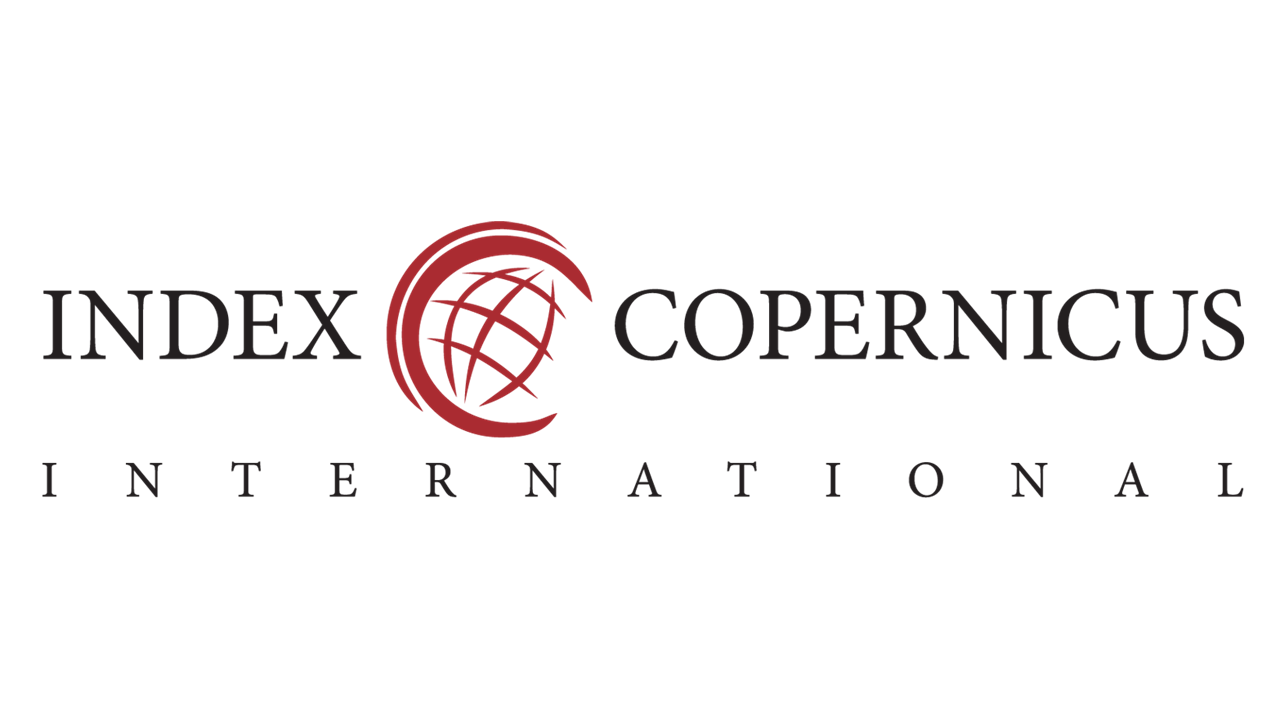CHINA’S SHIFTING BEHAVIOUR TOWARDS SOUTH KOREA IN THAAD CRISIS RESOLUTION IN KOREAN PENINSULA
DOI:
https://doi.org/10.31315/jsdk.v14i2.4494Keywords:
China, China’s Behavior, Foreign Policy, South Korea, THAADAbstract
ABSTRACT
The THAAD crisis between South Korea and China occurred due to the installation of the THAAD (Terminal High Altitude Area Defense) system by South Korea with the help of the United States which was considered as a threat to China's national security. China strongly opposed the installation of the defense system and imposed unofficial sanctions in a form of a boycott in the field of South Korean tourism, products, and pop culture, which provided significant losses due to China's retaliation. After the South Korean state visit to China which was held in Beijing, China’s boycott was later lifted, but the THAAD installed in South Korea remain stayed and deployed. Thus the question arises about why China chose to soften and not force the South Koreans to withdraw THAAD. This article uses the qualitative research method of literature studies and uses variables of foreign policy theory by Yuen Foon Khong as the theoretical framework in this paper. Therefore, it can be seen that China's softening of the THAAD issue is caused by the influence of China’s "peripheral diplomacy" foreign policy and the shifting of Chinese behavior so that China does not impose its will on the South Korean THAAD system to maintain good relations with South Korea as a peripheral country.
References
REFERRENCES
Callahan, W. A. (2016). China's "Asia Dream": The Belt Road Initiative and the New Regional Order. Asian Journal of Comparative Politics, 1-18.
Cheng, D. (2019). Chinese Calculations of Security and The Korean Peninsula. The Journal of East Asian Affairs , Vol . 32 , No . 1, 32(Spring / Summer 2018), 23-44. Retrieved from https://www.jstor.org/stable/44825536
China, E. o. (2017). Xi Jinping Holds Talks with President Moon Jae-in of the ROK. Retrieved from Ministry of Foreign Affairs of the People's Republic of China: https://www.fmprc.gov.cn/mfa_eng/wjb_663304/zzjg_663340/yzs_663350/gjlb_663354/2767_663538/2769_663542/t1520215.shtml
Chung, J. H. (2012). Introduction: South Korea-China Relations. Asian Perspective 36, no.2, 191-192.
Creswell, J. W. (2009). Research Design: Qualitative, Quantitative and Mixed Method Approaches. Sage Publications.
Davenport, K. (2017, June). North Korea's New Missile Tests South Korea. Arms Control Today, 47(5), 27-28. Retrieved from https://www.jstor.org/stable/90009422
France-Presse, A. (2017). Lotte to Sell China Shops in Face of Boycott. Retrieved from https://www.thejakartapost.com/news/2017/09/15/-lotte-to-sell-china-shops-in-face-of-boycott-.html
Gao, C. (2017, December 19). Was Moon Jae-in’s China Trip Successful? Retrieved from The Diplomat: https://thediplomat.com/2017/12/was-moon-jae-ins-china-trip-successful/
Habiburrahman. (2017). Penentangan Tiongkok Terhadap Korea Selatan dalam Pengadaan Terminal High Altitude Area Defense (THAAD) di Korea Selatan Tahun 2016. Jurnal Online Mahasiswa FISIP Universitas Riau, 4.
Huberman, A. M., & Miles, M. B. (1992). Analisis Data Kualitatif, Buku Sumber Tentang Metode-Metode Baru. Jakarta: Penerbit Universitas Indonesia (UI-Press).
Hutchinson, G. (2016). China’s Uneven Response to THAAD and its Coercive Strategy Aimed at the ROK: Implications for the U.S.-ROK Alliance. International Journal on Korean Studies, XX, (2 (Fall/Winter)), 94-122.
ISDP. (2017). THAAD on the Korean Peninsula. Retrieved from Institute for Security and Development: http://isdp.eu/content/uploads/2016/11/THAAD-Backgrounder-ISDP-2.pdf
Jeong, S.-h. (2017). "THAAD Retaliation, What the people of China, not the Government...will feel warm in the future" (translated from Korean). Retrieved from The Chosun Ilbo: http://news.chosun.com/site/data/html_dir/2017/10/31/2017103101409.html
Jervis, R. (1976). Perception and Misperception in International Politics. New Jersey: Princeton University Press.
Jinping, X. (2013). Diplomacy with Neighboring Countries Characterized by Friendship, Sincerity, Reciprocity and Inclusiveness. In Xi Jinping, The Governance of China (pp. 320 - 324). Beijing, China: Foreign Languages Press Co. Ltd.
Juan, Y., Choi, Y., An, S., Lee, C.-K., & Lee, S. J. (2017). The constraints of Chinese tourists to visit Korea caused by THAAD using Q-methodology. Asia Pacific Journal of Tourism Research, 22(12), 1261-1273. doi:https://doi.org/10.1080/10941665.2017.1391306
Khong, Y. F. (2014). Foreign Policy Analysis as an Approach. In S. M. Pekkanen, The Oxford Handbook of The International Relations of Asia (pp. 81-99). New York: Oxford University Press.
Kim, J. (2018). China-South Korea THAAD Rapprochement: Winners and Losers. Retrieved from Novasia: http://novasiagsis.com/china-south-korea-thaad-rapprochement-winners-losers/
Klingner, B. (2019). THE IMPORTANCE OF THAAD MISSILE DEFENSE. The Journal of East Asian Affairs , Vol . 29 , No . 2, 21-41.
Lee, J. (2017). Back to Normal? The End of the THAAD Dispute between China and South Korea. China Brief Volume: 17 Issue: 15.
Lee, T. a. (2017, September). edition.cnn.com. Retrieved from South Korea expects North to launch ICBM on Saturday, prime minister says: https://edition.cnn.com/2017/09/07/asia/south-korea-thaad-north-korea/index.html
Menegazzi, S. (2017). China’s Foreign Policy in Northeast Asia: Implications for the Korean Peninsula. Istituto Affari Internazionali Working Papers, 1-12.
Ng, T. (2013). Xi Jinping represents a shift in Chinese leadership style, observers say. Retrieved from South China Morning Post: https://www.scmp.com/news/china/article/1256047/xi-jinping-represents-shift-chinese-leadership-style-observers-say
OEC. (2020). China (CHN) Exports, Imports, and Trade Partners. Retrieved from Observatory of Economic Complexity: https://oec.world/en/profile/country/chn/
OEC. (2020). South Korea (KOR) Exports, Imports, and Trade Partners. Retrieved 10 11, 2019, from Observatory of Economic Complexity: https://oec.world/en/profile/country/kor/#Trade_Balance
Paik, W. (2020). The politics of Chinese tourism in South Korea: political economy, state-society relations, and international security. The Pacific Review, 33(2), 331-355. doi:https://doi.org/10.1080/09512748.2019.1588917
Perlez, J. (2017, 12 14). South Korea’s Leader, Meeting Xi Jinping, Seeks ‘New Start’ With China. Retrieved from New York Times: https://www.nytimes.com/2017/12/14/world/asia/china-south-korea-xi-jinping.html
Rose, G. (1998). Neoclassical Realism and Theories of Foreign Policy. World Politics, 51(1), 144-172.
Sankaran, J., & Fearey, B. L. (2017). Missile defense and Strategic Stability: Terminal Altitude Area Defense (THAAD) in South Korea. Contemporary Security Policy(DOI: 10.1080/13523260.2017.1280744).
Sohn, J.-A. (2017, 12 15). “Korea, People's Republic of China vow to develop partnership on NK, economic issues”. Retrieved from Ministry of Foreign Affairs Republic of Korea: http://www.mofa.go.kr/eng/brd/m_5475/view.do?seq=319607&srchFr=&%3BsrchTo=&%3BsrchWord=&%3BsrchTp=&%3Bmulti_itm_seq=0&%3Bitm_seq_1=0&%3Bitm_seq_2=0&%3Bcompany_cd=&%3Bcompany_nm=
Swaine, M. D. (2017). Chinese Views on South Korea's Deployment of THAAD. China Leadership Monitor, 1-15.
Verdict Media Limited. (2020). THAAD Theatre High Altitude Area Defense – Missile System. Retrieved 2 12, 2021, from Army Technology: https://www.army-technology.com/projects/thaad/
Waltz, K. (1979). Theory of International Politics. New York: Addison-Wesley.
Xianbo, W. (2017, November 29). A Review of China's Political Maneuvers in the THAAD Standoff. Retrieved from China US Focus: https://www.chinausfocus.com/peace-security/a-review-of-chinas-political-maneuvers-in-the-thaad-standoff
Downloads
Published
Issue
Section
License
1. Copyright of this journal is possession of Editorial Board and Journal Manager, by the knowledge of the author, whilst the moral right of the publication belongs to the author.
2. The legal formal aspect of journal publication accessibility refers to Creative Commons Atribusi-Non Commercial-No Derivative (CC BY-NC-SA), implies that publication can be used for non-commercial purposes in its original form.
3. Every publication (printed/electronic) are open access for educational purposes, research, and library. Other than the aims mentioned above, editorial board is not responsible for copyright violation










